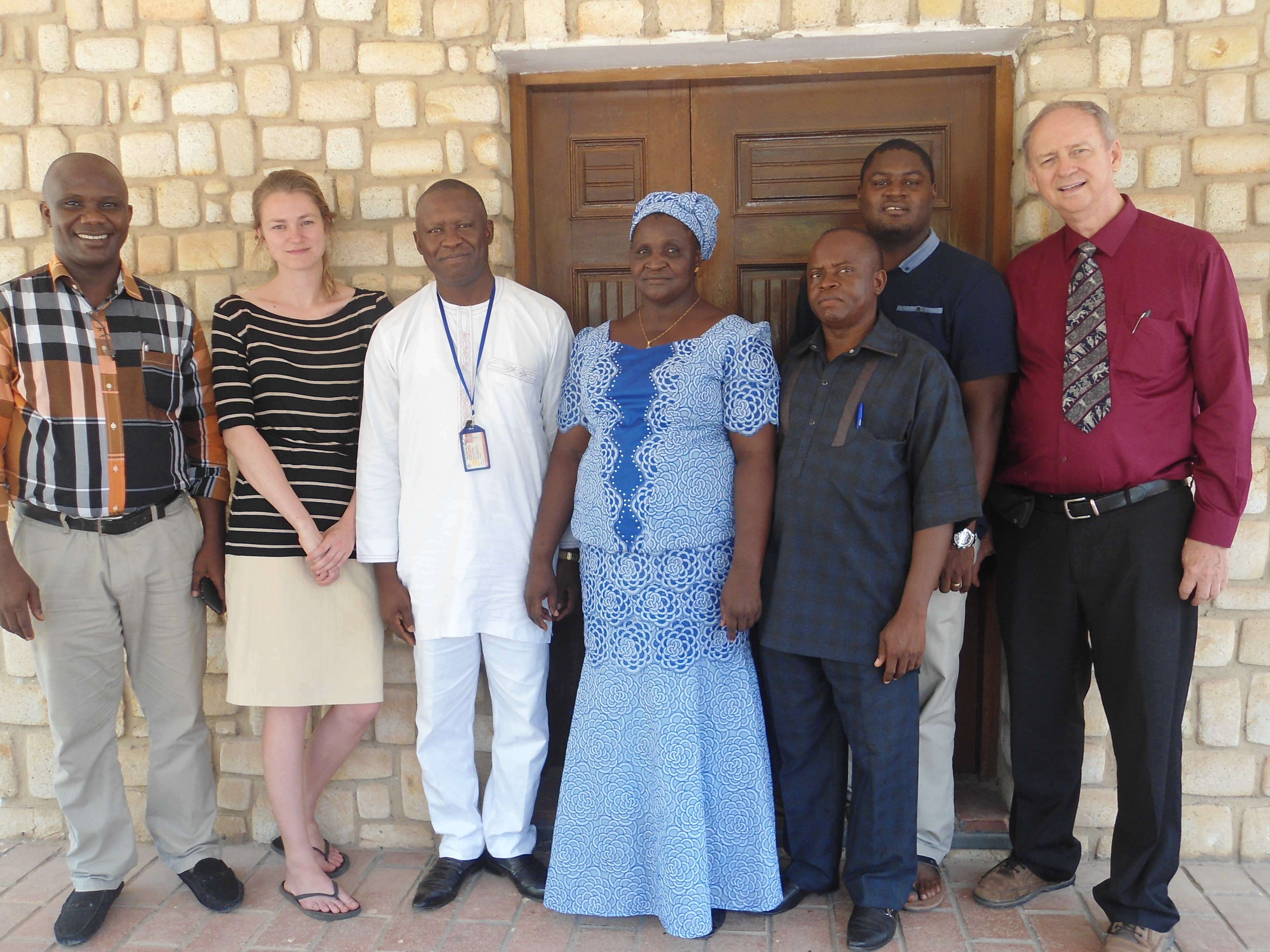Full project title:
The role of Christian churches in leprosy and disability related stigma, in the Nigerian middle belt states
Project coordination
Enablement
Partners
The Leprosy Mission Nigeria
University of Jos
Aim: This study explored the perceptions of various Christian leaders and church members in the Nigerian middle belt states on leprosy, and their perspective on possible interventions in church life that help to reduce leprosy-related stigma.
Final project summar
Leprosy related stigma is part of everyday reality in Nigeria. Many researchers and organisations over the years have aimed at increasing peoples’ knowledge about leprosy as a disease, with the idea that this would reduce stigma towars persons affected by leprosy. However, despite increased knowledge about the details of leprosy, persons affected by leprosy are often still excluded from community life.
As religion, and in specific Christianity, has often associated leprosy as caused by sin, the church plays a crucial role in reducing stigma. It has been concluded in recent studies that to address leprosy related stigma, it is crucial to involve church leaders and to explore the positive role that the church could have in increasing acceptance and inclusion of persons affected by leprosy.
As leprosy is still present in Nigeria and because of its high population of Christians, the research group aimed to better understand the role that church leaders in Nigeria can play in reducing leprosy related stigma.
The goal of this project was to measure to what extent people affected by leprosy are stigmatized and to identify the characteristics and causes of such stigma with the long-range goal of creating tools for the church and NGOs that will help reduce stigma among Christians. In addition to surveys and interviews, the researchers conducted focus group discussions with different stakeholders: CAN officials, ministry of Health officials and NGO representatives – as well as with persons affected by leprosy. The researchers organised four focus group discussions with persons affected by leprosy, and four focus groups with other stakeholders.
Results so far indicate that the amount of contact one has with people affected by leprosy is directly proportionate to their understanding of leprosy and stigma towards the disease and people affected by it. In addition, it seems that a good overall education does not necessarily imply good knowledge about leprosy nor prohibit stereotypical responses toward people affected by leprosy.
The results of the project help to improve the understanding of leprosy and improve the situation of people affected by leprosy first of all by acknowledging that stigma-reducing policies and interventions should not just focus on educational efforts. Rather, as becomes clear from this research, future studies should look into strategies of stigma-reduction whereby people get to know/become exposed to people who are affected by leprosy.

